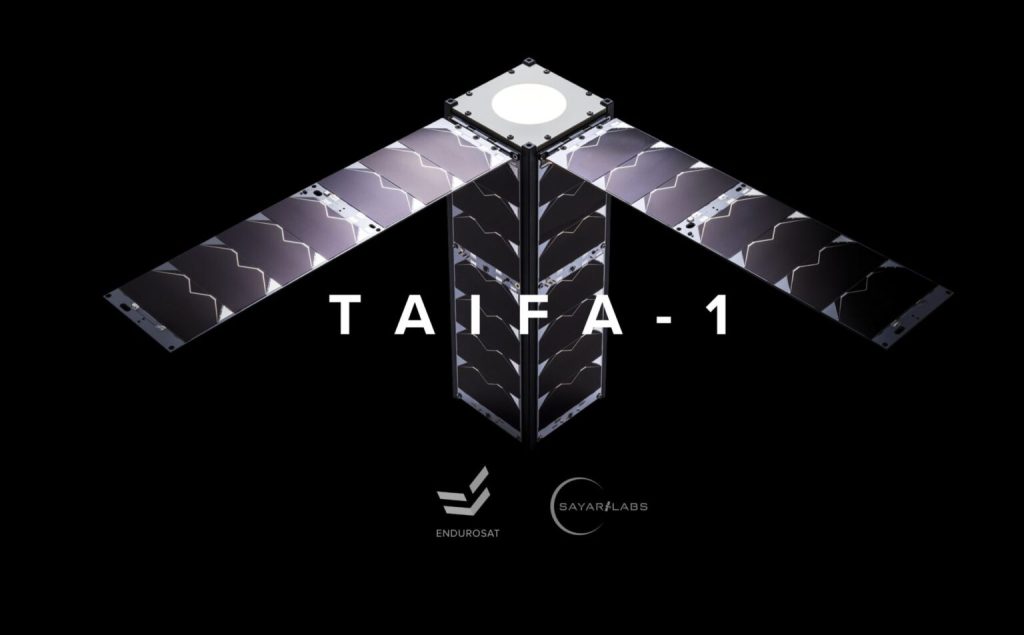Kenya is preparing to launch its first operational satellite, Taifa-1, on April 11, 2023. The satellite will be launched by SpaceX’s Falcon-9 launch vehicle, as a rideshare, from the Vandenberg Base, USA.
Taifa-1’s launch is part of the Kenyan government’s strategy to take advantage of the opportunities presented by space science, technologies, and applications. The satellite, designed and developed by Kenyan engineers, will provide timely and regular remote sensing data for predictive analysis and data-driven decision support for agriculture and food security, natural resources management, blue economy, disaster management, and environment monitoring.
The Taifa-1 satellite is an operational 3U Earth observation cube satellite and was entirely developed by a pool of Kenyan engineers from the aerospace company, SayariLabs. EnduroSat AD, a Bulgarian aerospace manufacturer, partnered in manufacturing parts, testing, and qualifications. The satellite will orbit Kenya once every four days for five years.
According to the Principal Secretary (PS) at the Kenya Space Agency (KSA), the development of a ground receiver mission is advanced and will be operational by July this year. The ground receiver will allow sharing of space-derived data to inform critical decision-making. The KSA, established in 2017, is a State Corporation under the administration of the country’s Ministry of Defence. The agency is mandated to promote, coordinate and regulate space-related activities in the country.
Launching the Taifa-1 satellite is a significant milestone for Kenya. Kenya can now leverage space science and technology to address various sector challenges. The launch of Taifa-1 will demonstrate Kenya’s commitment to developing its space sector and positioning itself as a key space player in the region.





